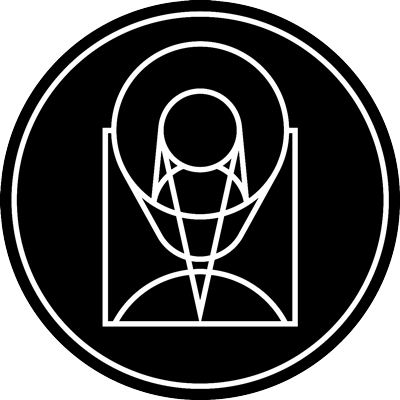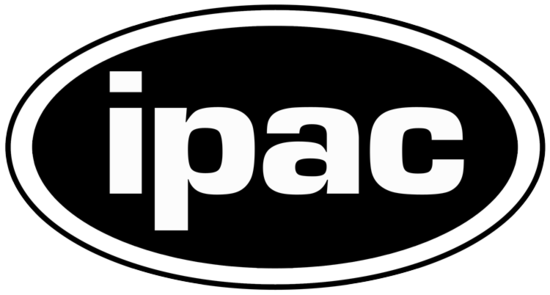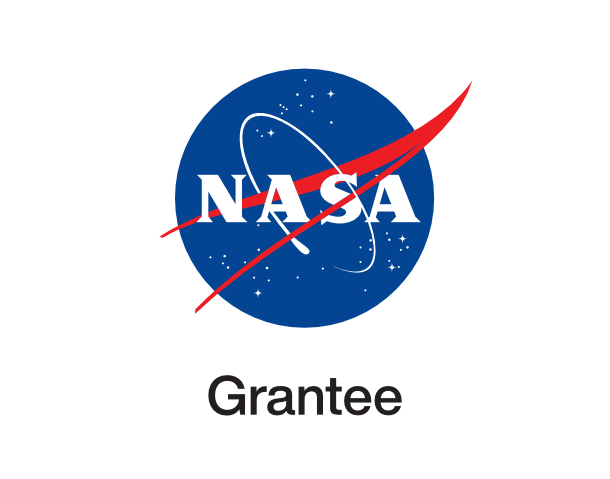Too Close for Comfort

stsci_2003-21a August 7th, 2003
Credit: NASA and The Hubble Heritage Team (STScI/AURA)
This Hubble Space Telescope view of the core of one of the nearest globular star clusters, called NGC 6397, resembles a treasure chest of glittering jewels. The cluster is located 8,200 light-years away in the constellation Ara. Here, the stars are jam-packed together. The stellar density is about a million times greater than in our Sun's stellar neighborhood. The stars are only a few light-weeks apart, while the nearest star to our Sun is over four light-years away. The stars in NGC 6397 are in constant motion, like a swarm of angry bees. The ancient stars are so crowded together that a few of them inevitably collide with each other once in a while. Near misses are even more common. Even so, collisions only occur every few million years or so. That's thousands of collisions in the 14-billion-year lifetime of the cluster. These Hubble images were taken for a research program aimed at studying what is left behind when such collisions and near misses occur. When direct collisions occur, the two stars may merge to form a new star called a "blue straggler"; these hot, bright, young stars stand out among the old stars that make up the vast majority of stars in a globular cluster. Several such bright blue stars are visible near the center of the cluster in the Hubble Heritage image. If two stars come close enough together without actually colliding, they may "capture" each other and become gravitationally bound. One type of binary that might form this way is a "cataclysmic variable"- a pairing of a normal, hydrogen-burning star and a burned-out star called a white dwarf. In a binary system, the white dwarf will pull material off the surface of the normal star. This material encircles the white dwarf in an "accretion disk," and eventually falls onto it. The result of this accretion process is that cataclysmic variables are, as the name suggests, variable in brightness. The heat generated by the accreting material also generates unusual amount
Provider: Space Telescope Science Institute
Image Source: https://hubblesite.org/contents/news-releases/2003/news-2003-21
Curator: STScI, Baltimore, MD, USA
Image Use Policy: http://hubblesite.org/copyright/

- ID
- 2003-21a
- Subject Category
- B.3.5.4.2
- Subject Name
- NGC 6397
- Credits
- NASA and The Hubble Heritage Team (STScI/AURA)
- Release Date
- 2003-08-07T00:00:00
- Lightyears
- 8,200
- Redshift
- 8,200
- Reference Url
- https://hubblesite.org/contents/news-releases/2003/news-2003-21
- Type
- Observation
- Image Quality
- Good
- Distance Notes
- Distance in lightyears
- Facility
- Hubble, Hubble, Hubble
- Instrument
- WFPC2, WFPC2, WFPC2
- Color Assignment
- Blue, Green, Red
- Band
- Ultraviolet, Optical, Infrared
- Bandpass
- U, V, I
- Central Wavelength
- 336, 606, 814
- Start Time
- Integration Time
- Dataset ID
- Notes
- Coordinate Frame
- ICRS
- Equinox
- 2000.0
- Reference Value
- 265.16251840833, -53.67074278694
- Reference Dimension
- 2500.00, 2566.00
- Reference Pixel
- 738.21167092181, 1047.99136181146
- Scale
- -0.00001402569, 0.00001402569
- Rotation
- -166.74021993685
- Coordinate System Projection:
- TAN
- Quality
- Full
- FITS Header
- Notes
- World Coordinate System resolved using PinpointWCS 0.9.2 revision 218+ by the Chandra X-ray Center FITS X FITS Y EPO X EPO Y 251.14 681.05 2252.99 1762.26 574.55 540.69 1697.78 2177.93 798.63 713.02 1199.24 1945.90 1179.43 832.46 409.59 1886.09 944.15 862.83 848.17 1722.07 Center Pixel Coordinates: 1250.00 265.17570753017 1283.00 -53.67232569309
- Creator (Curator)
- STScI
- URL
- http://hubblesite.org
- Name
- Space Telescope Science Institute Office of Public Outreach
- outreach@stsci.edu
- Telephone
- 410-338-4444
- Address
- 3700 San Martin Drive
- City
- Baltimore
- State/Province
- MD
- Postal Code
- 21218
- Country
- USA
- Rights
- http://hubblesite.org/copyright/
- Publisher
- STScI
- Publisher ID
- stsci
- Resource ID
- STSCI-H-p0321a-f-2500x2566.tif
- Resource URL
- https://mast.stsci.edu/api/latest/Download/file?uri=mast:OPO/product/STSCI-H-p0321a-f-2500x2566.tif
- Related Resources
- http://hubblesite.org/newscenter/archive/releases/2003/21
- Metadata Date
- 2022-07-06T00:00:00
- Metadata Version
- 1.2
Detailed color mapping information coming soon...















